- About us
- Specialties
Infertility Treatments
Gynaecolgic Surgery
High Risk Pregnancy
Obstetrics
Donor Programs
- News & Events
- Academic Activities
- Blogs
- Contact us

Medical Interventions: Depending on the type and severity of the anomaly, medical interventions, surgeries, or therapies may be recommended.
Supportive Care: Many congenital anomalies require ongoing medical care and support to manage associated symptoms and improve quality of life.
Varied Effects: Congenital anomalies can range from mild and manageable conditions to severe, life-threatening disorders.
Emotional Impact: Families and individuals may experience emotional and psychological challenges in coping with the diagnosis and management of congenital anomalies.
Copyright © 2024. All Rights Reserved.
Powered By BCC

Copyright © 2024. All Rights Reserved.
Powered By BCC